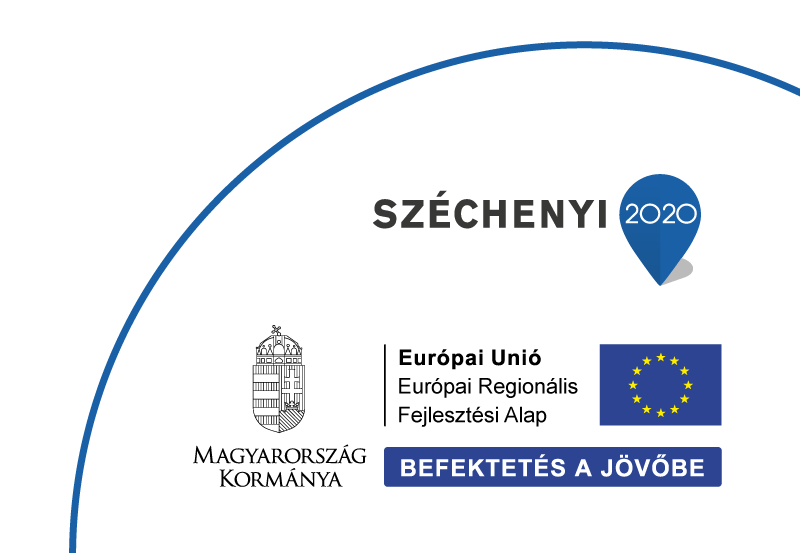|
Accelerator mass spectrometry (AMS) revolutionized the measurement of longer-lived radionuclides in the late 1970’s, when it was recognized that the combination of a mass spectrometer with an electrostatic accelerator allowed measurement of isotopic ratios as low as 10-15, with two papers published in Science (1977). Although initial studies focused mainly on radiocarbon (14C) dating, many other radionuclide studies have also been undertaken, including a wide variety of applications from archaeology, famous art works, astrophysics, geosciences and ice-core studies to oceanography. I will highlight some examples of these applications.
Technical developments over the last 47 years have reduced the physical size of the accelerator systems, especially for radiocarbon studies, from the large tandem accelerators used in the initial studies operating at 6 MV or higher, to smaller machines operating at as little as 50 kV. This also highlights the capabilities at ATOMKI, which currently hosts three varieties of these smaller AMS designs.
-
One of the authors presents the paper of the month 2023/10:
Atom counting with accelerator mass spectrometry, Reviews of Modern Physics (2023) 95, 035006.
- Tea and cookies are offered before the seminar at 10:30 AM.
 Magyar
Magyar
